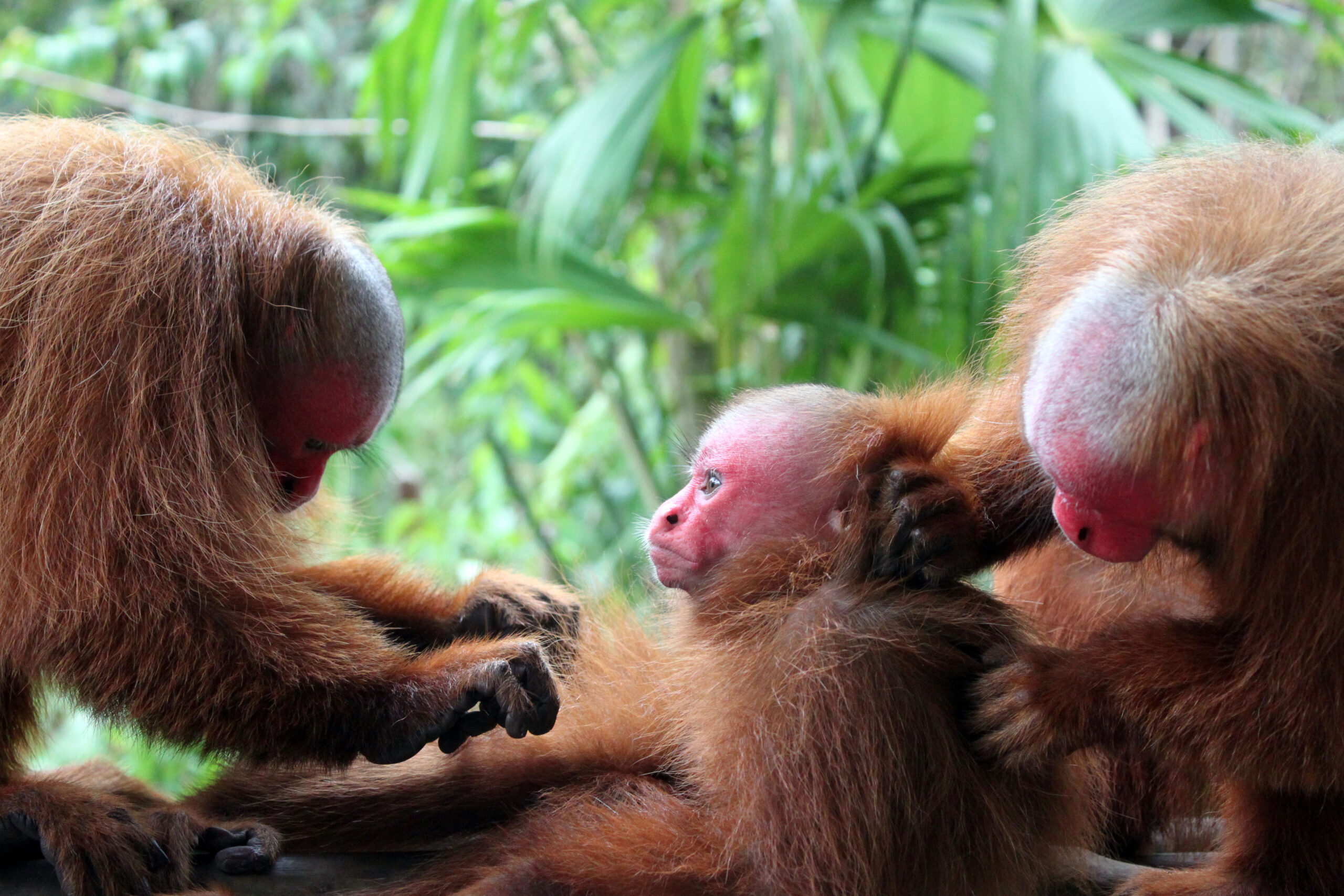
Mammalia
(Mammals)
A mammal (from Latin mamma ‘breast’) is a vertebrate animal of the class Mammalia. Mammals are characterised by the presence of milk-producing mammary glands for feeding their young, a broad neocortex region of the brain, fur or hair, and three middle ear bones.
The largest orders of mammals, by number of species, are the rodents, bats, and eulipotyphlans (including hedgehogs, moles and shrews). The next three are the primates (including humans, monkeys and lemurs), the even-toed ungulates (including pigs, camels, and whales), and the Carnivora (including cats, dogs, and seals).
Order : Carnivora
Carnivora is an order of placental mammals specialized primarily in eating flesh, whose members are formally referred to as carnivorans. The order Carnivora is the sixth largest order of mammals, comprising at least 279 species on every major landmass and in a variety of habitats, ranging from the cold polar regions of Earth to the hyper-arid region of the Sahara Desert and the open seas. Carnivorans exhibit a wide array of body plans, varying greatly in size and shape.
Family : Mustelidae
The Mustelidae are a diverse family of carnivoran mammals, including weasels, badgers, otters, polecats, martens, grisons, and wolverines.
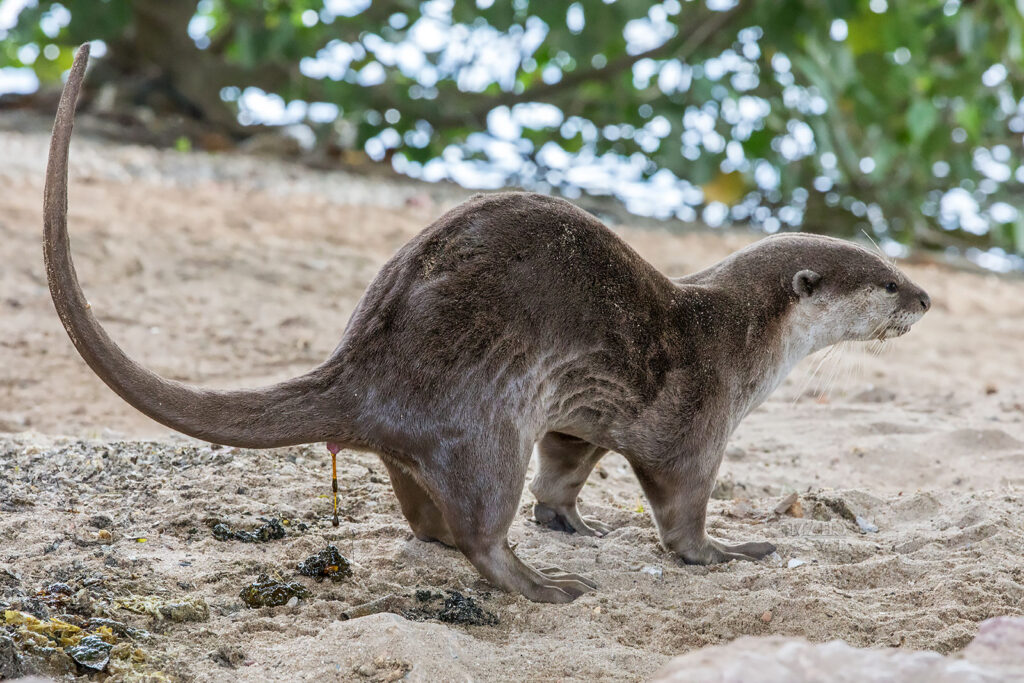
Lutrogale perspicillata
Smooth-Coated Otter
Singapore
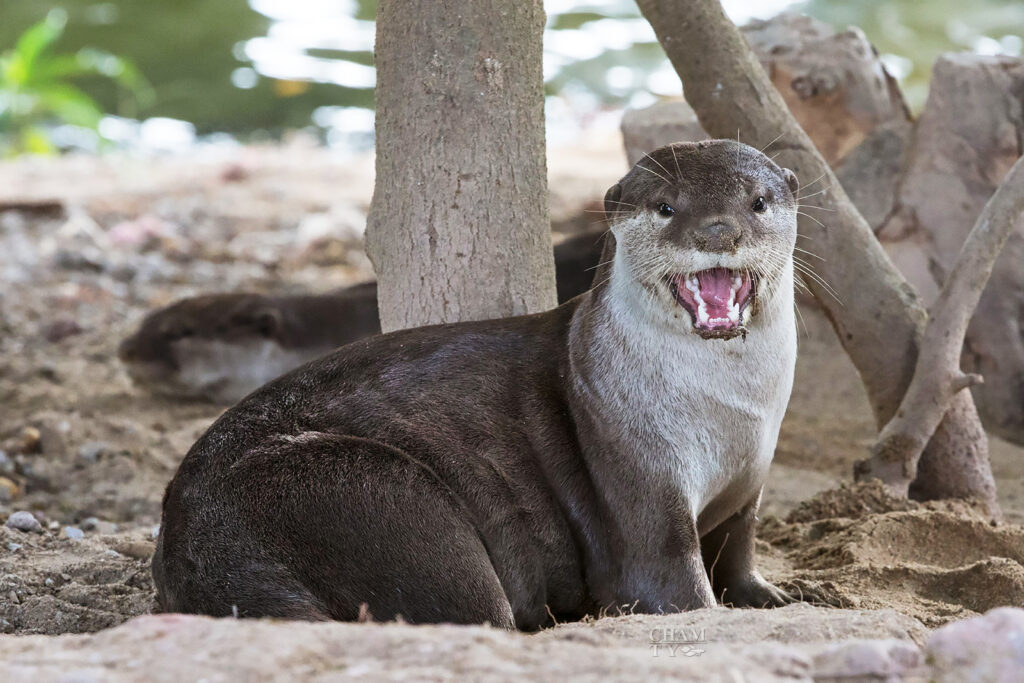
Lutrogale perspicillata
Smooth-Coated Otter
Singapore
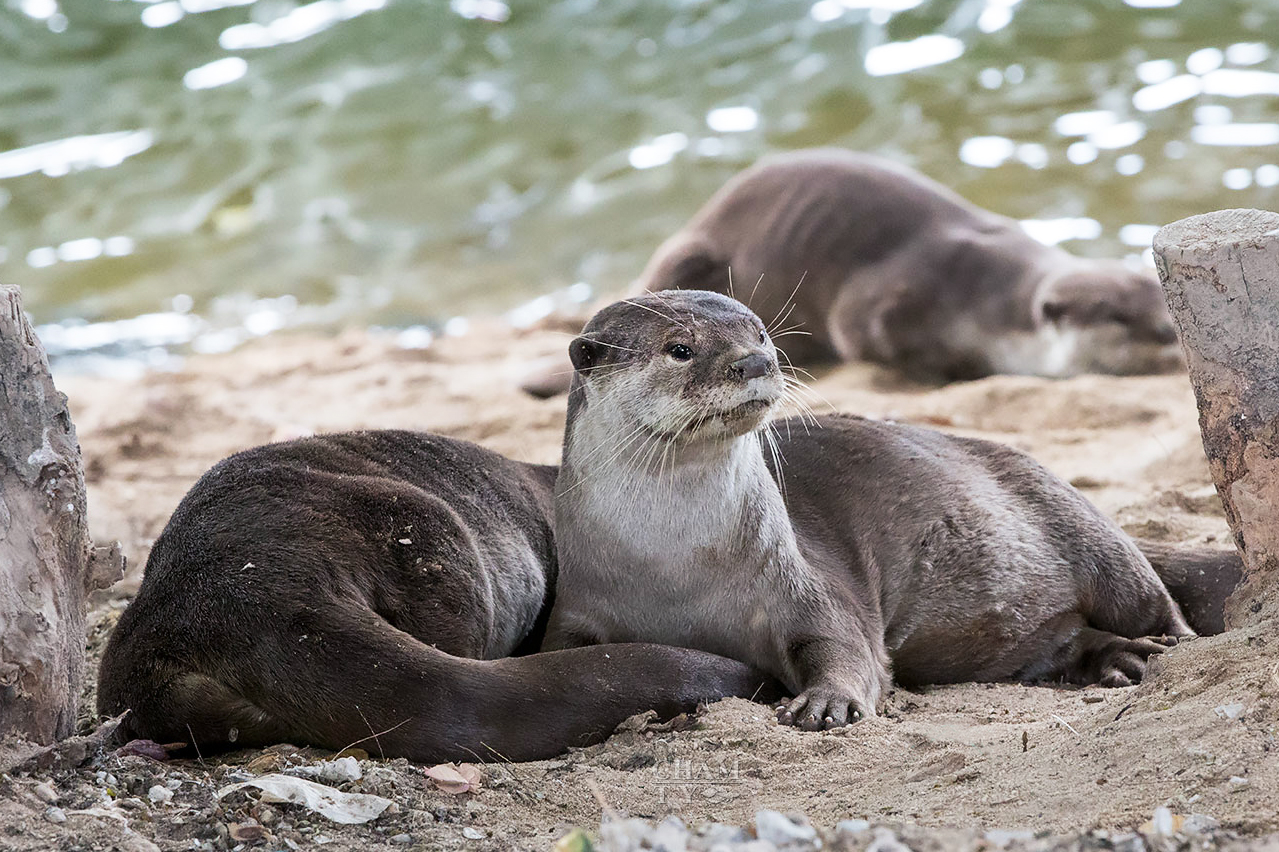
Lutrogale perspicillata
Smooth-Coated Otter
Singapore
Family : Viverridae
Viverridae is a family of small to medium-sized feliform mammals, comprising 14 genera with 33 species.
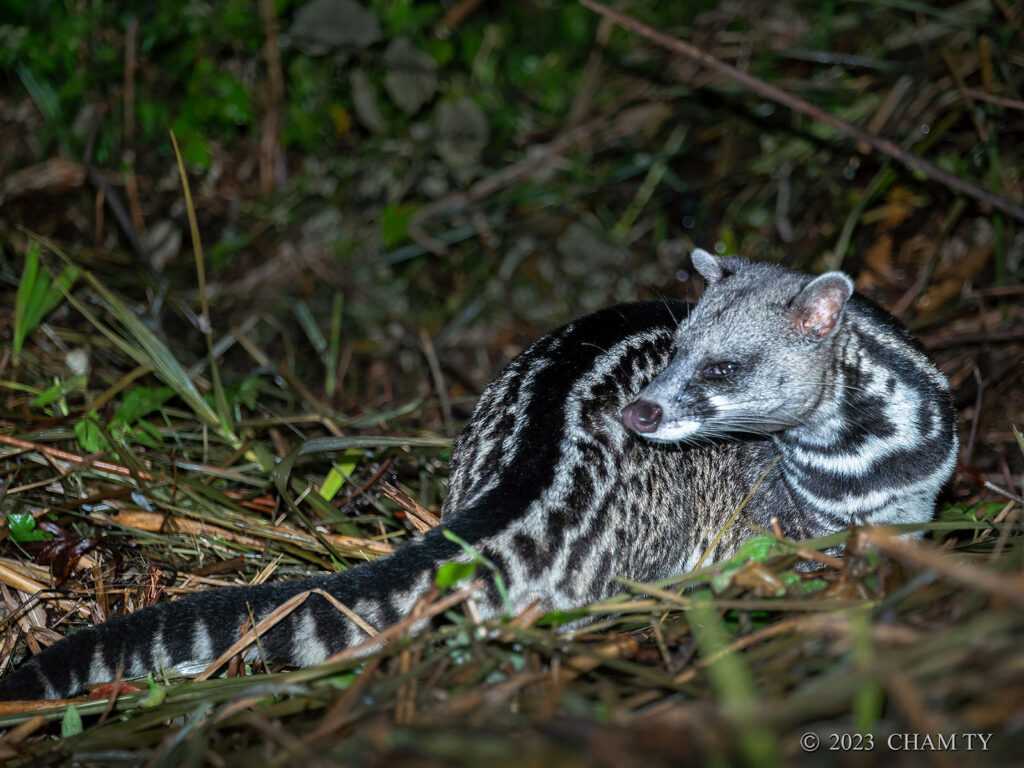
Viverra tangalunga
Malayan civet
Sabah, Malaysia
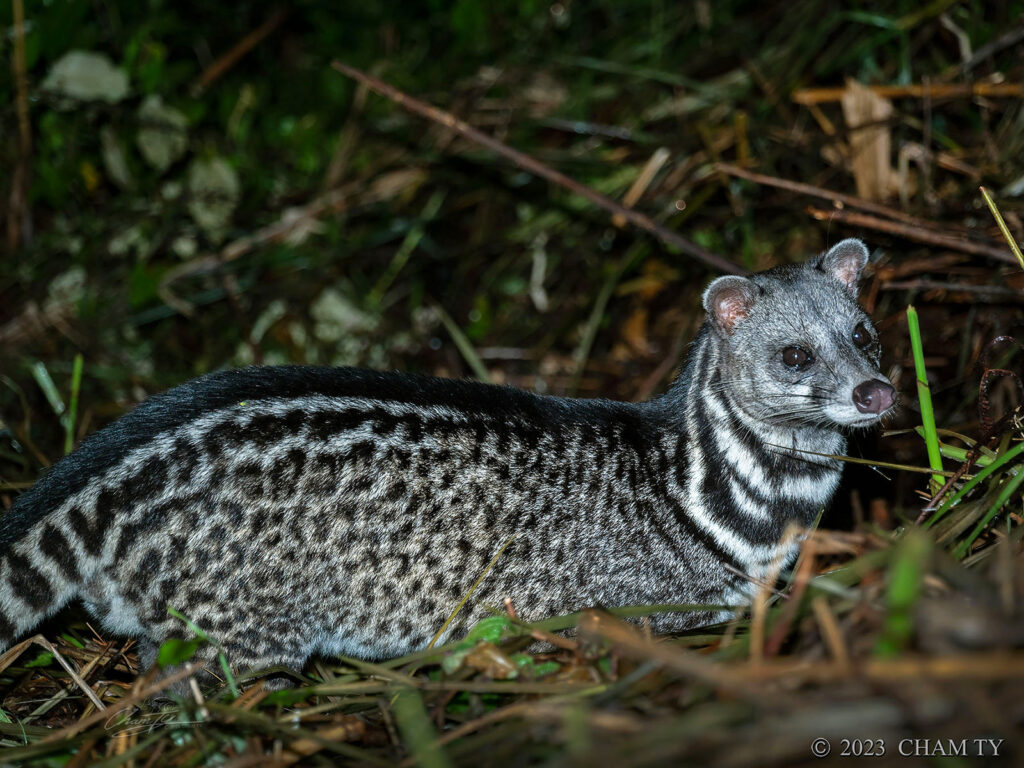
Viverra tangalunga
Malayan civet
Sabah, Malaysia
Order : Dermoptera
The order Dermoptera consist of a single family Cynocephalidae which has 2 species of colugos; the Sunda flying lemur (Galeopterus variegatus) and the Philippine flying lemur (Cynocephalus volans).
Family : Cynocephalidae
Colugos or flying lemurs are arboreal gliding euarchontogliran mammals that are native to Southeast Asia. Their closest evolutionary relatives are primates.
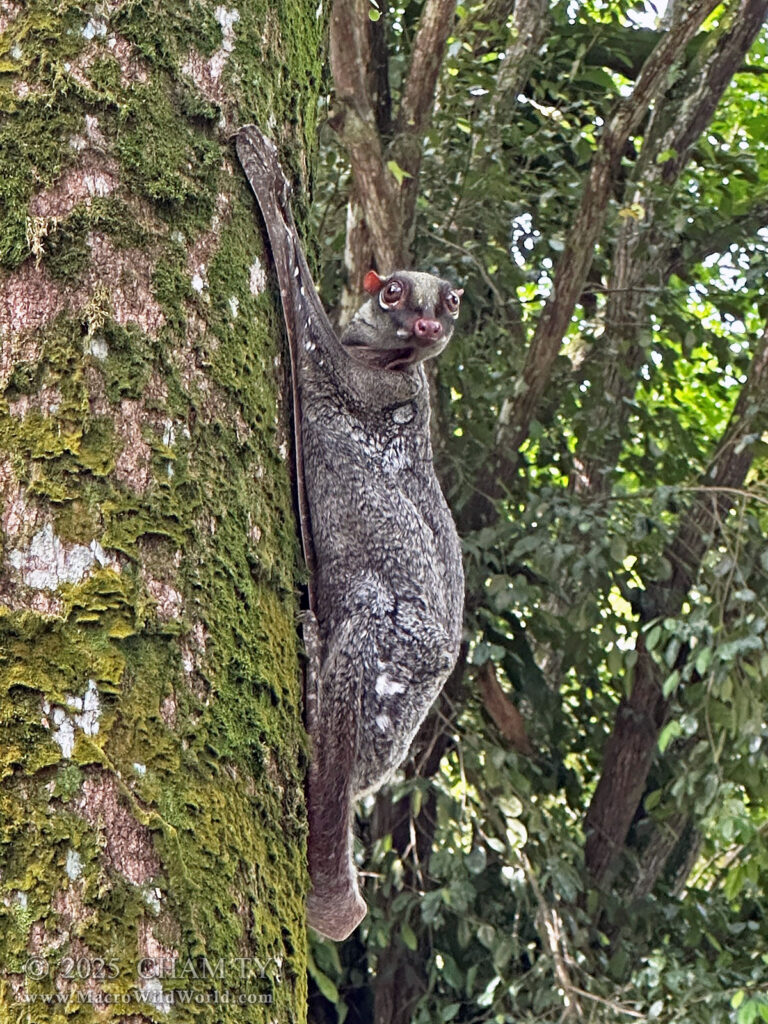
Galeopterus variegatus
Colougo / Sunda flying lemur
Singapore
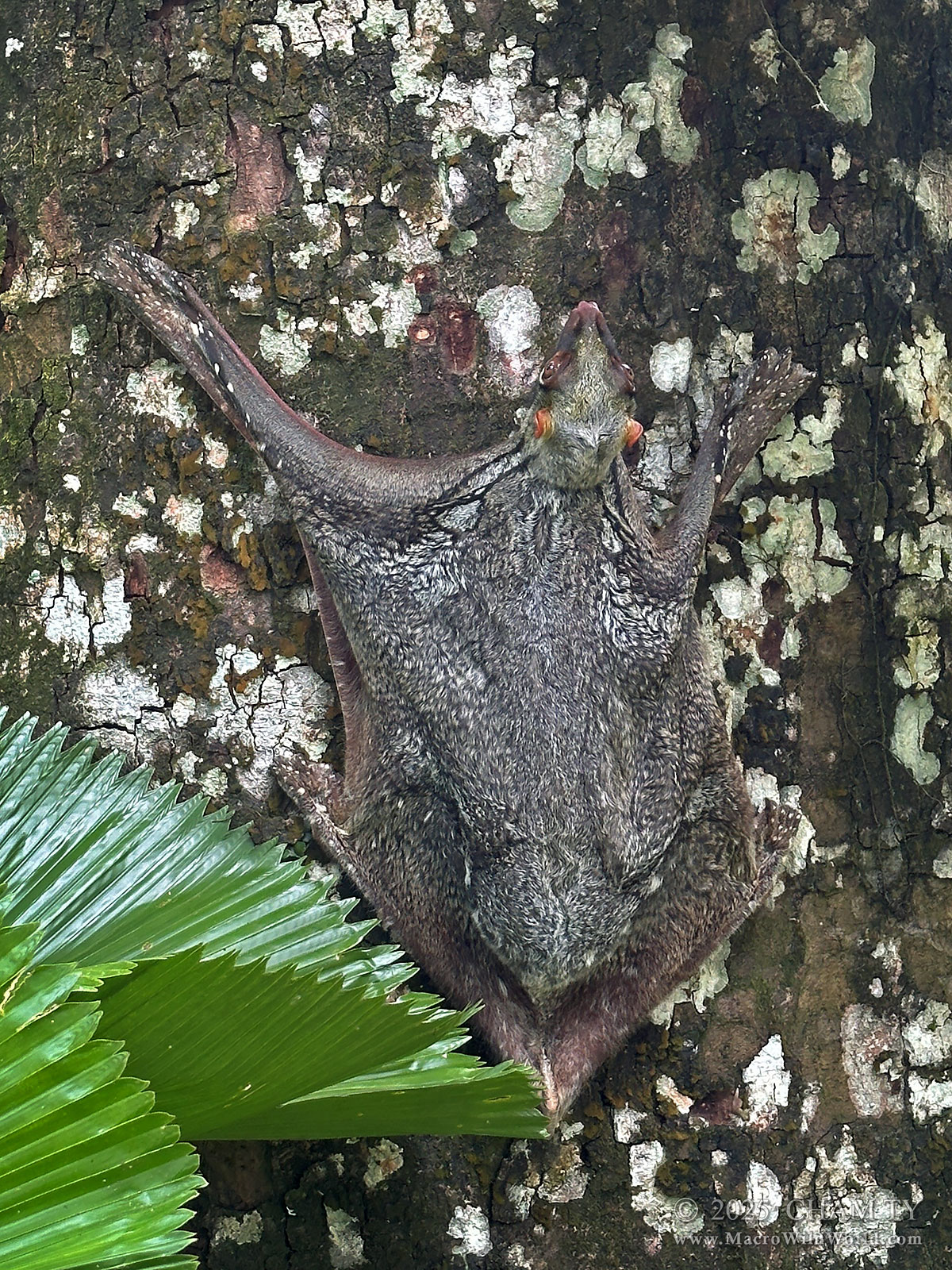
Galeopterus variegatus
Colougo / Sunda flying lemur
Singapore
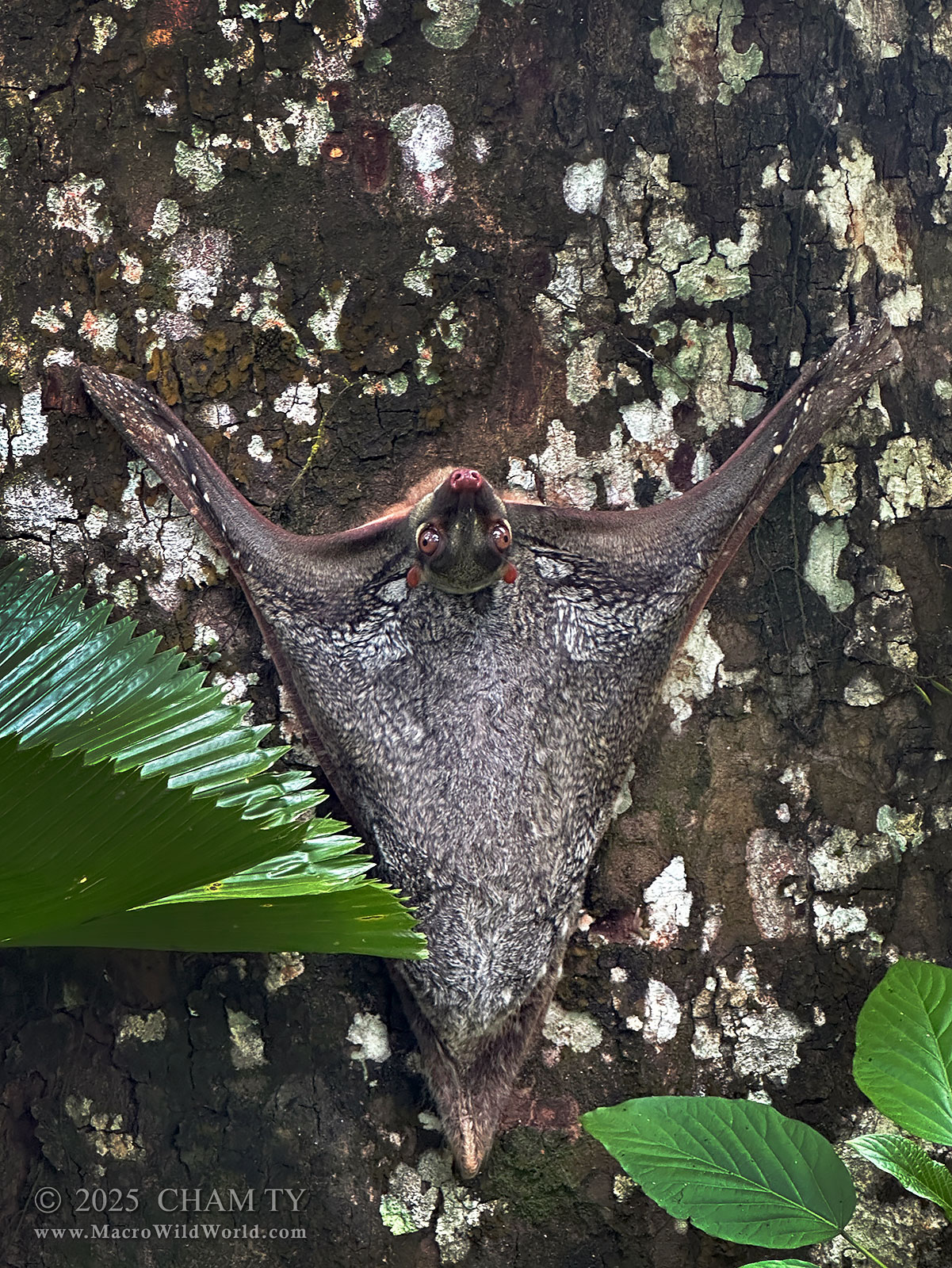
Galeopterus variegatus
Colougo / Sunda flying lemur
Singapore
Order : Pilosa
The order Pilosa is a clade of xenarthran placental mammals, native to the Americas. It includes anteaters and sloths (which include the extinct ground sloths). The name comes from the Latin word for “hairy”
Family : Bradypodidae
These are three-toed sloths with five living species.

Bradypus variegatus
Brown-throated Sloth
Reserva Nacional Pacaya-Samiria, Peru
Order : Primates
Primates is an order of mammals, which is further divided into the strepsirrhines, which include lemurs, galagos, and lorisids; and the haplorhines, which include tarsiers and simians (monkeys and apes).
Primates have relatively large brains compared to other mammals and rely more on visual acuity than the sense of smell, which dominates in most mammals. These traits are more pronounced in monkeys and apes and less so in lorises and lemurs. While some primates like gorillas, humans, and baboons are primarily ground-dwelling, all species are adapted for climbing. Arboreal techniques include leaping and brachiation, while terrestrial locomotion involves bipedalism and quadrupedal knuckle-walking.
Primates are among the most social of all animals, forming pairs or family groups, uni-male harems, and multi-male/multi-female groups.
Family : Cercopithecidae
These are Old World monkeys that include macaques, langurs, colobus, etc.
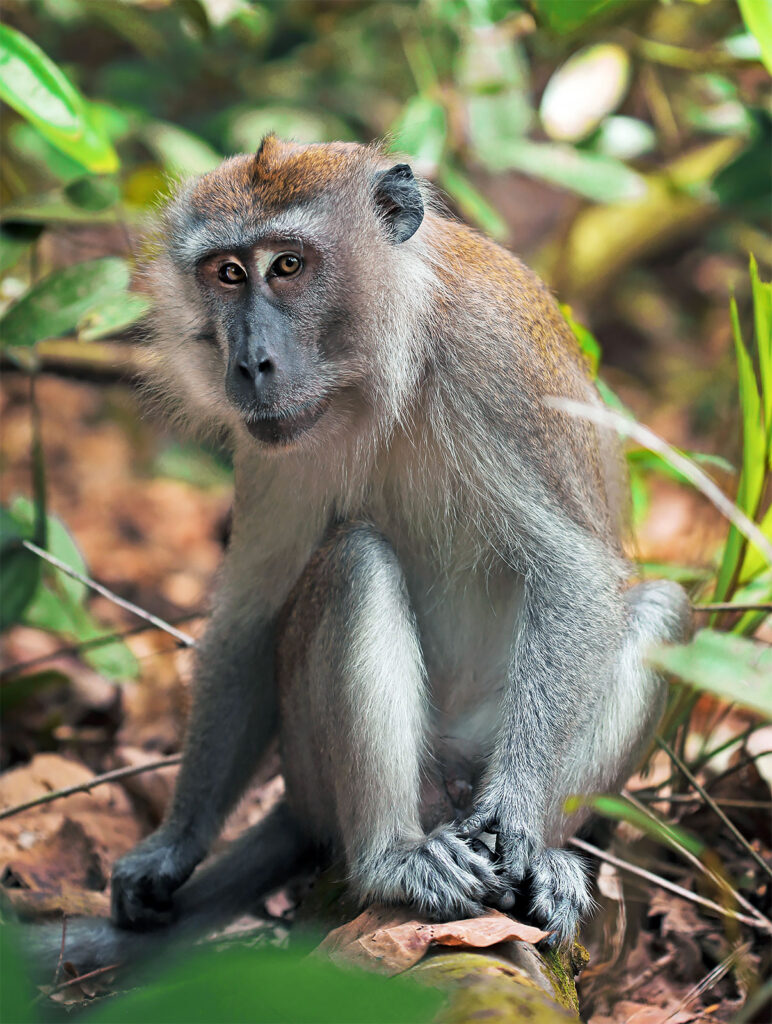
Macaca fascicularis
Long-tailed Macaque
Singapore

Macaca fascicularis
Long-tailed Macaque
Singapore

Macaca nemestrina ♂
Southern Pig-tailed Macaque
Sabah, Malalaysia
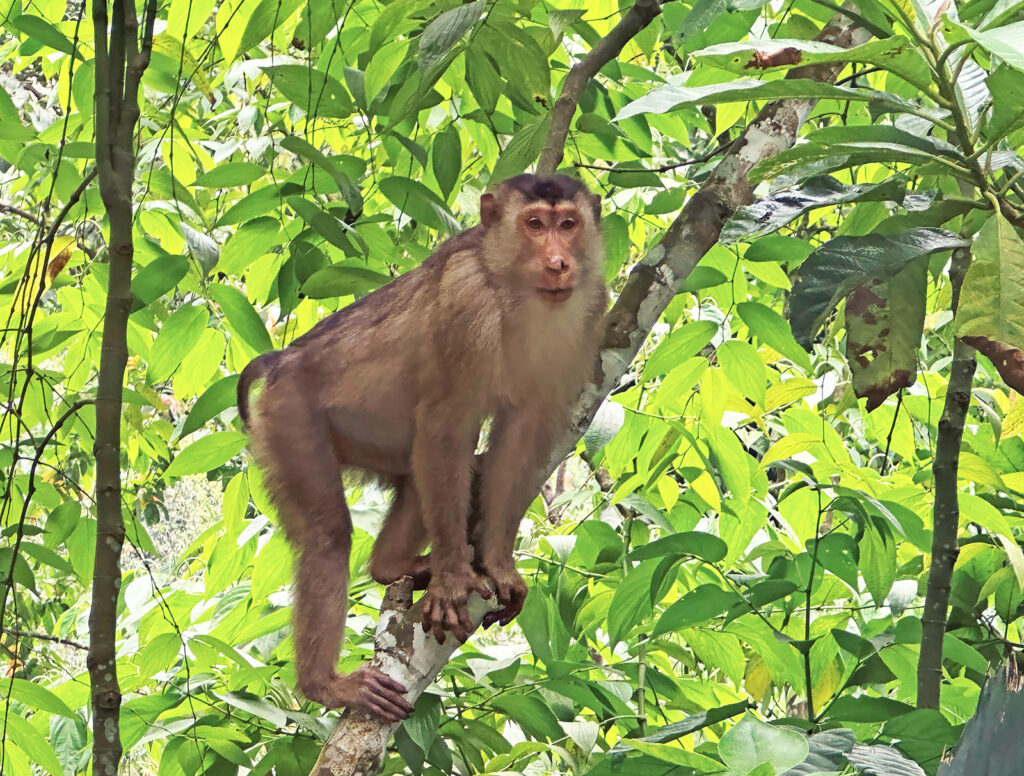
Macaca nemestrina ♀
Southern Pig-tailed Macaque
Pahang, Malalaysia
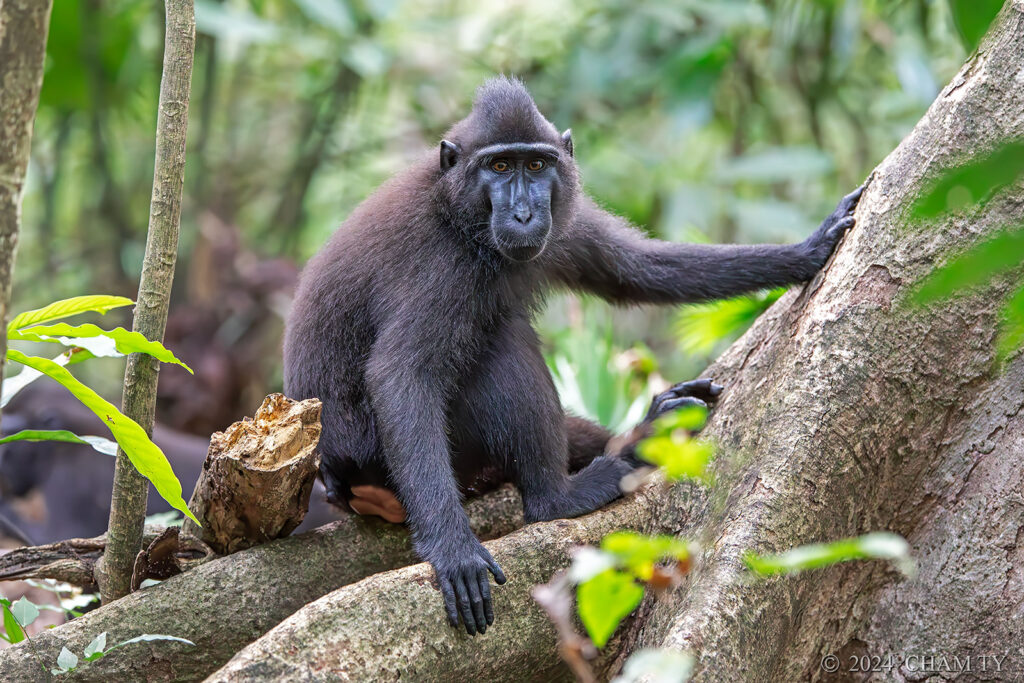
Macaca nigra
Celebes Crested Macaque
Tangkoko, Sulawesi, Indonesia
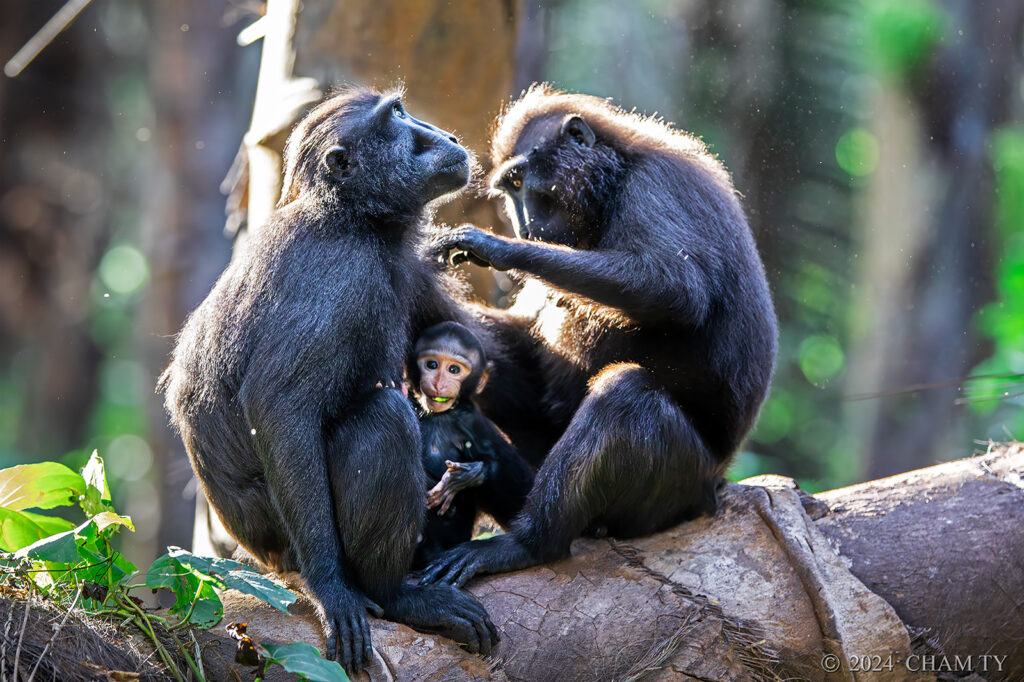
Macaca nigra
Celebes Crested Macaque
Tangkoko, Sulawesi, Indonesia

Macaca nigra
Celebes Crested Macaque
Tangkoko, Sulawesi, Indonesia
Family : Hominidae
The Hominidae, whose members are known as the great apes or hominids, are a taxonomic family of primates that includes eight extant species in four genera: Pongo (orangutan), Gorilla, (chimpanzee and bonobo) and Homo, of which only modern humans (Homo sapiens) remain.
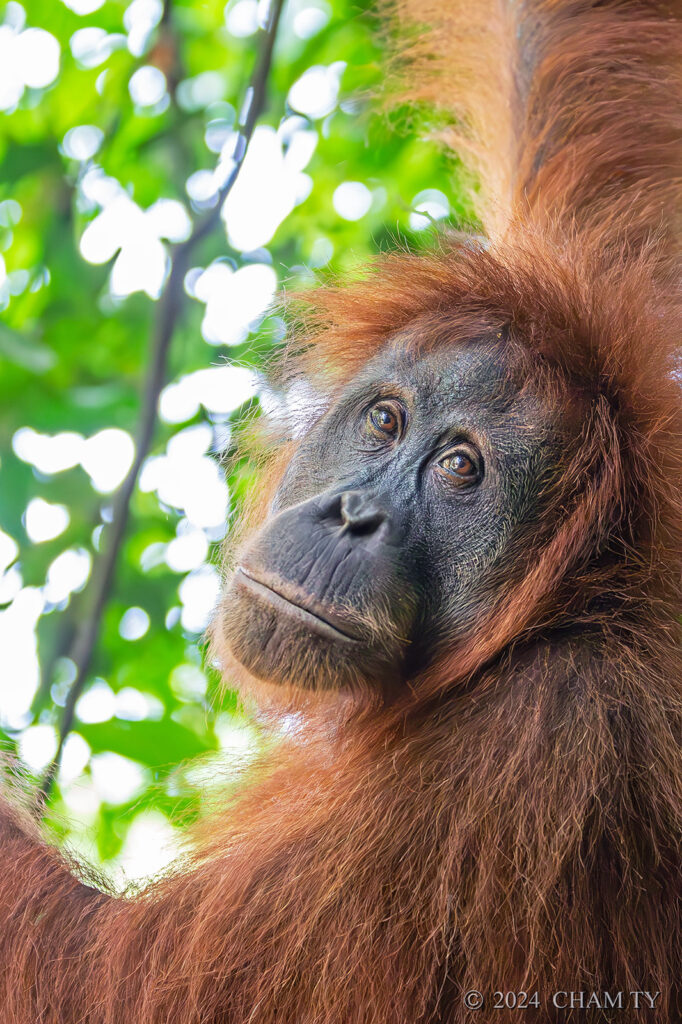
Pongo abelii ♀
Sumatran Orangutan
Bukit Lawang, Sumatra, Indonesia
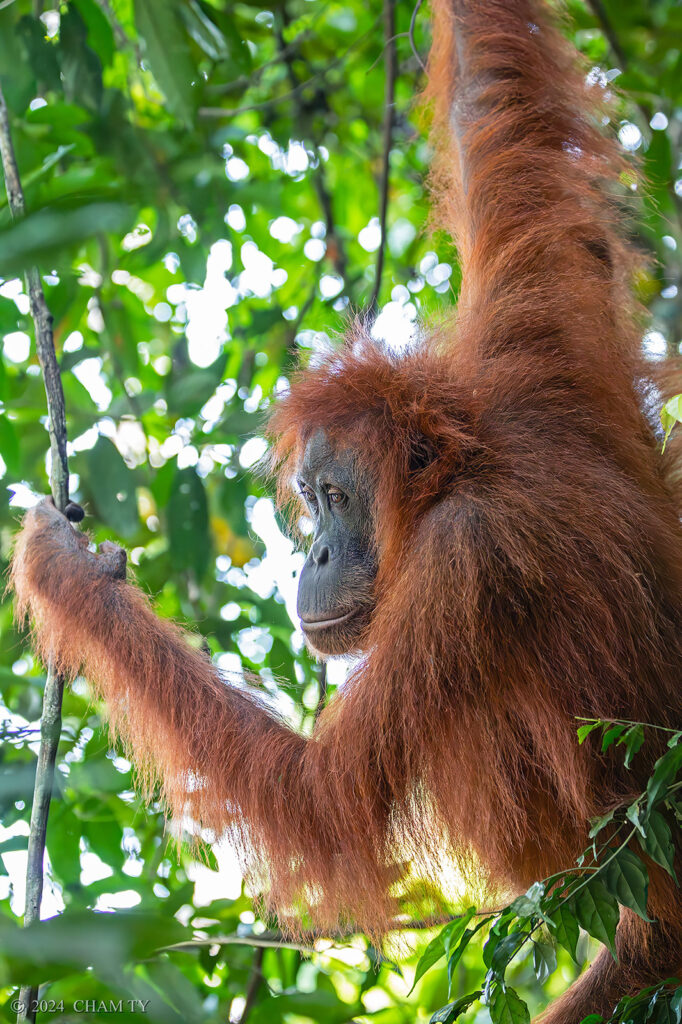
Pongo abelii ♀
Sumatran Orangutan
Bukit Lawang, Sumatra, Indonesia
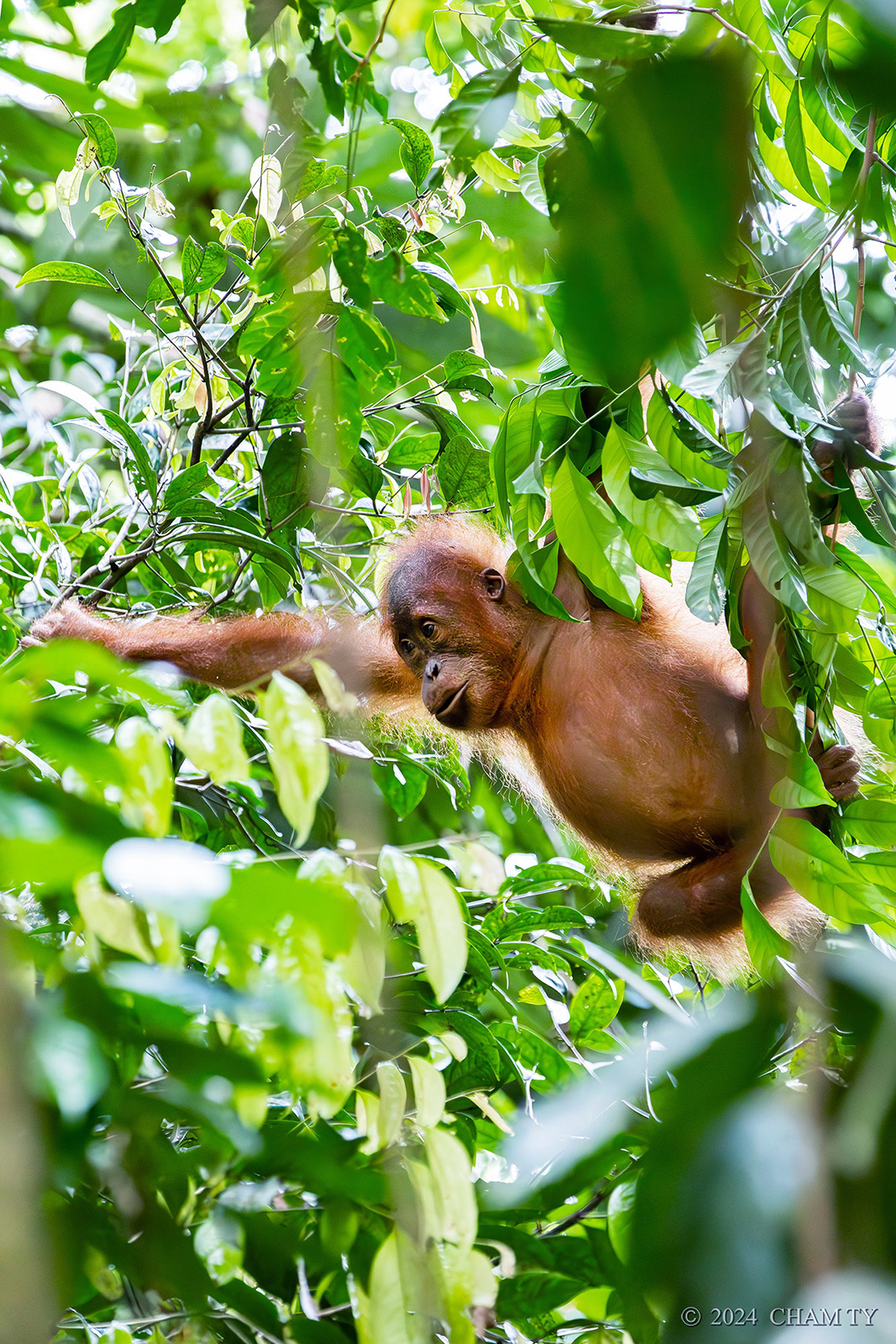
Pongo abelii
Sumatran Orangutan
Bukit Lawang, Sumatra, Indonesia
Pongo abelii
Sumatran Orangutans (Mother & Child)
Family : Indriidae
The Indriidae are a family of strepsirrhine primates. They are medium- to large-sized lemurs, with only four teeth in the toothcomb instead of the usual six. Indriids, like all lemurs, live exclusively on the island of Madagascar.
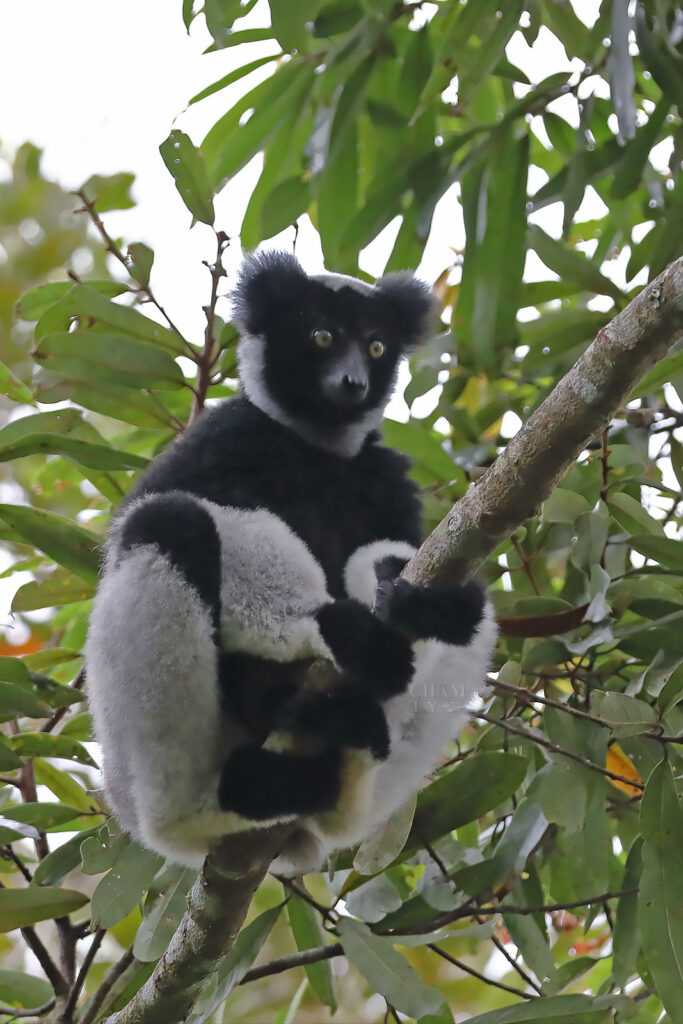
Indri Indri
Indri
Andasibe, Madagascar
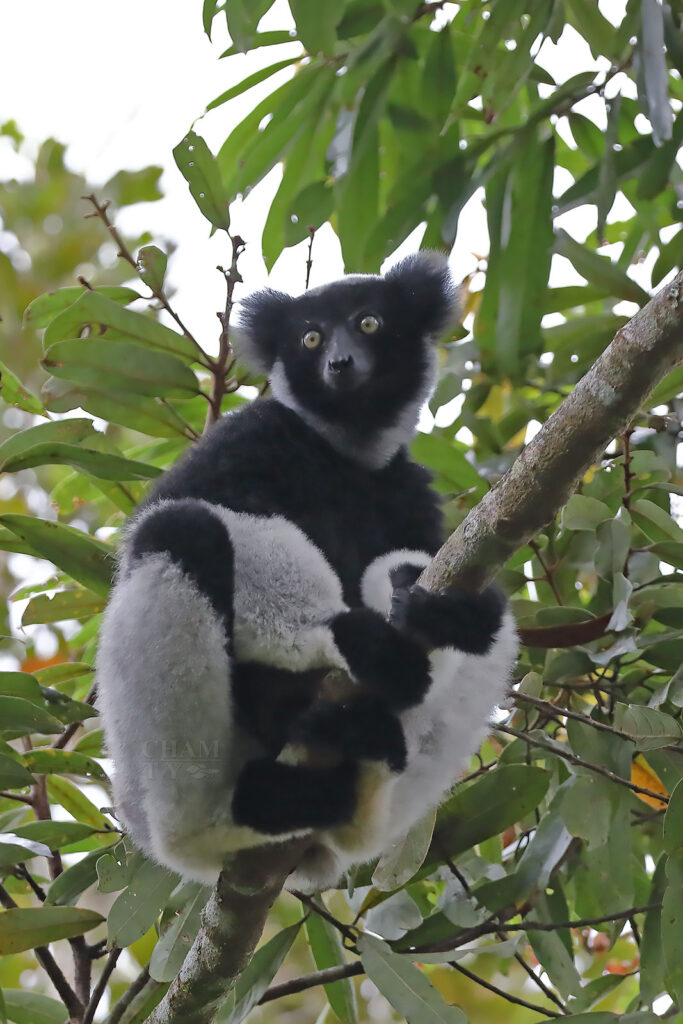
Indri Indri
Indri
Andasibe, Madagascar
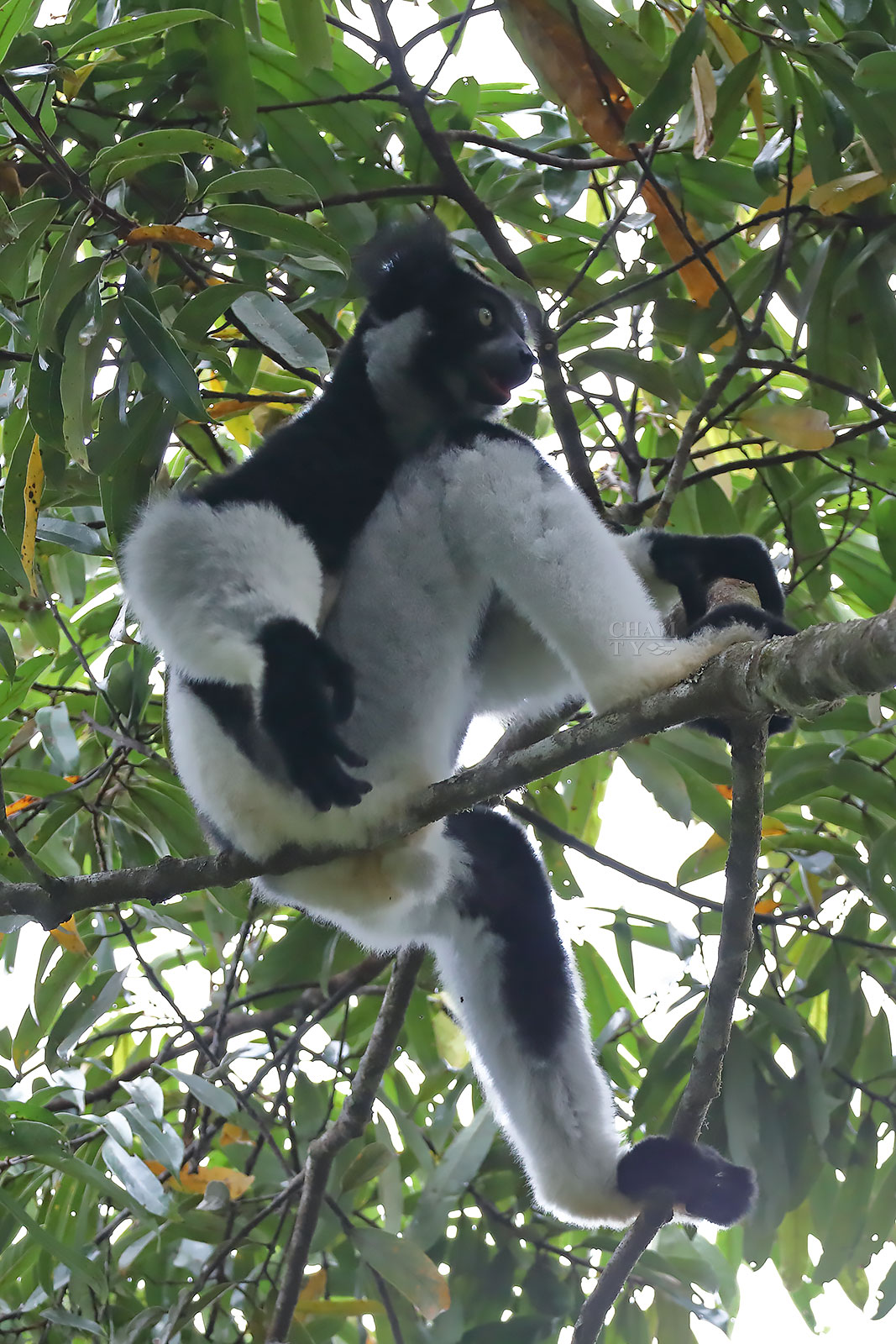
Indri Indri
Indri
Andasibe, Madagascar
Family : Lemuridae
The Indriidae are a family of strepsirrhine primates. They are medium- to large-sized lemurs, with only four teeth in the toothcomb instead of the usual six. Indriids, like all lemurs, live exclusively on the island of Madagascar.

Eulemur fulvus
Brown Lemur
Andasibe, Madagascar
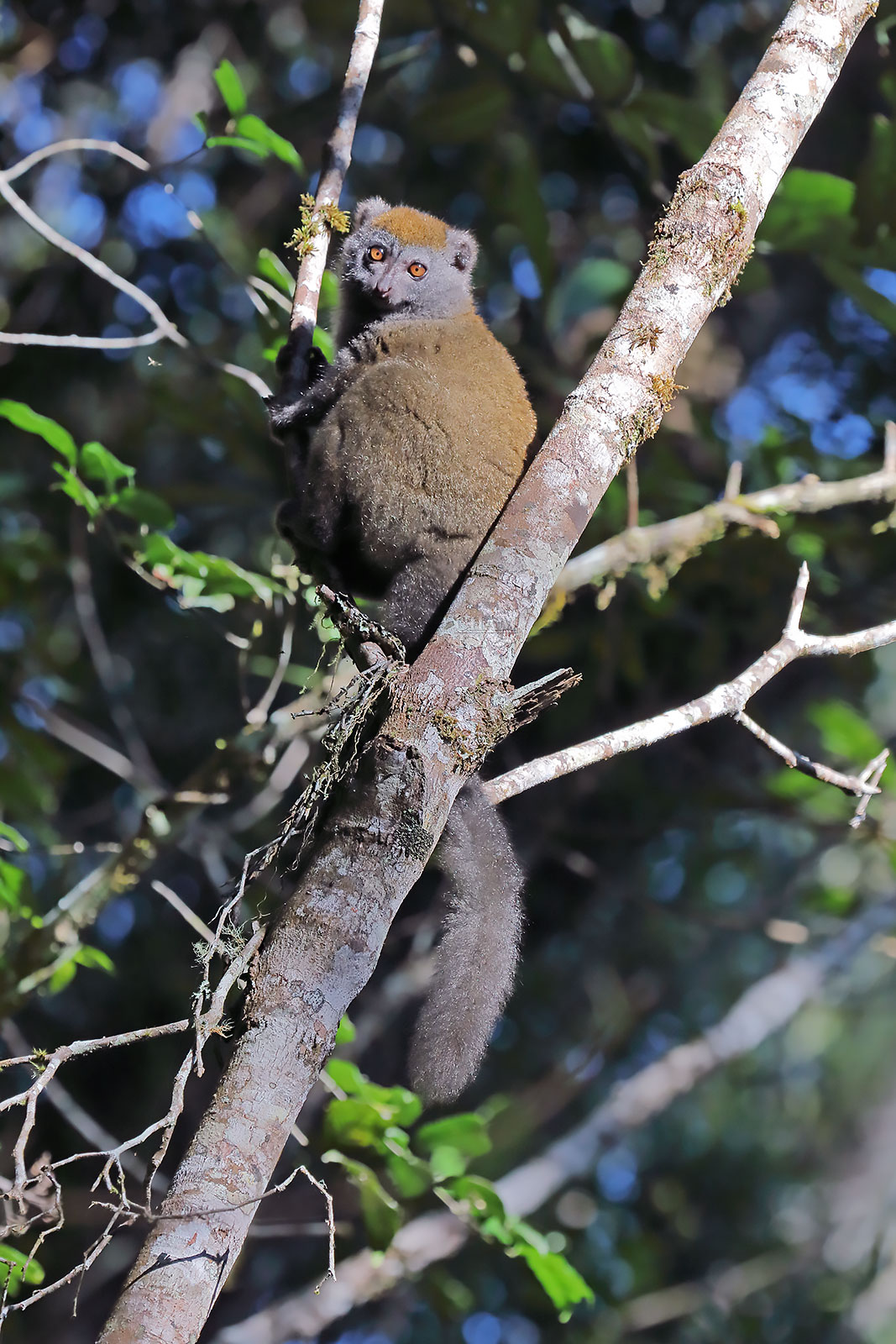
Hapalemur griseus
Grey Bamboo Lemur
Andasibe, Madagascar
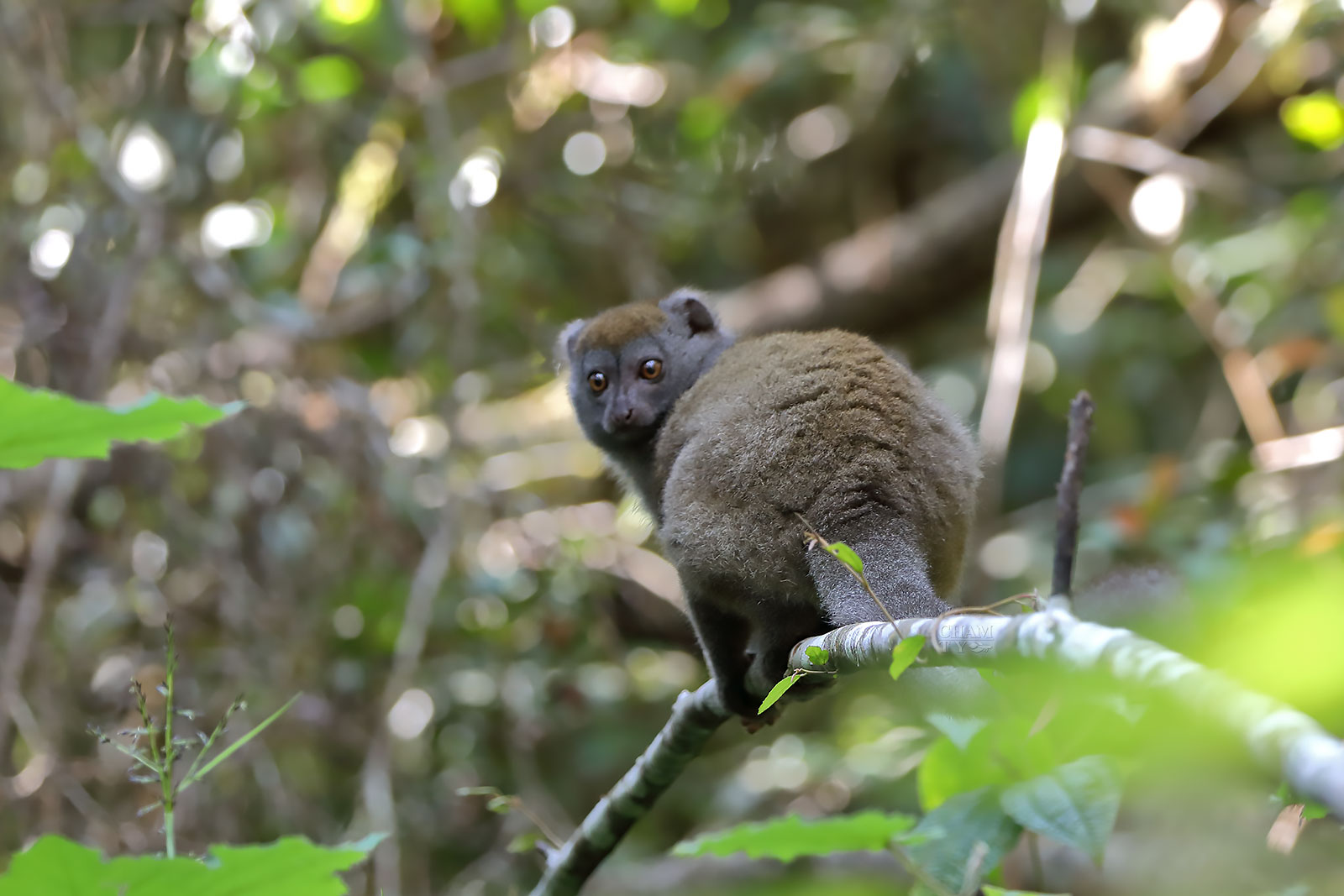
Hapalemur griseus
Grey Bamboo Lemur
Andasibe, Madagascar
Family : Pitheciidae
The Pitheciidae are one of the five families of New World monkeys now recognised. The family includes the titis, saki monkeys and uakaris. Most species are native to the Amazon region of Brazil, with some being found from Colombia in the north to Bolivia in the south.
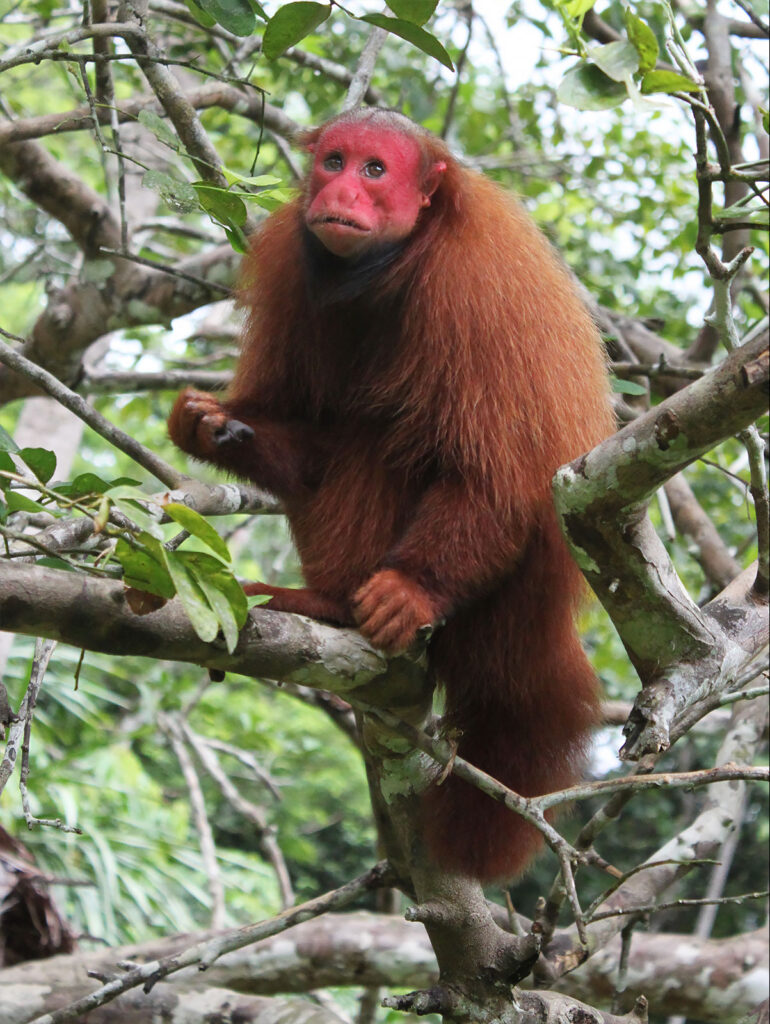
Eulemur fulvus
Uakari
Reserva Nacional Pacaya-Samiria, Peru
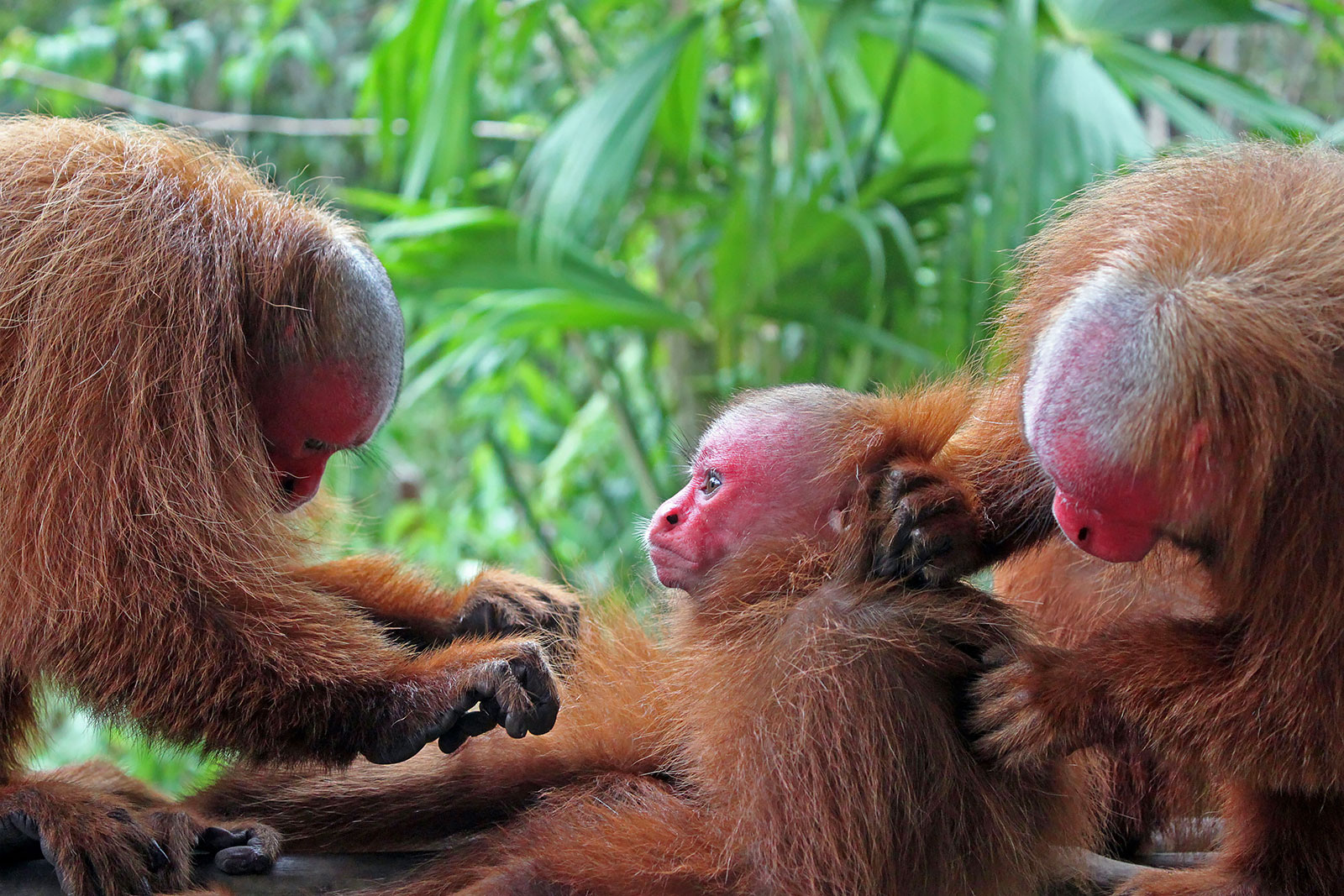
Eulemur fulvus
Uakari
Reserva Nacional Pacaya-Samiria, Peru
Family : Tarsiidae
Tarsiers are haplorhine primates of the family Tarsiidae, which is the lone extant family within the infraorder Tarsiiformes. Although the group was prehistorically more globally widespread, all of the existing species are restricted to Maritime Southeast Asia, predominantly in Brunei, Indonesia, Malaysia and the Philippines.
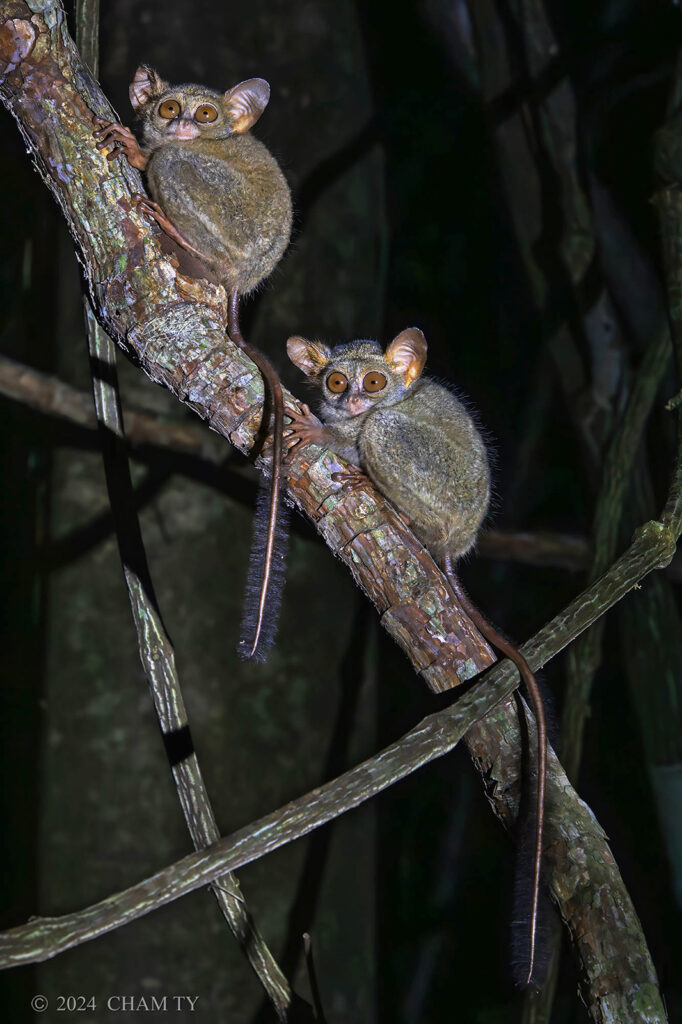
Tarsius spectrumgurskyae
Gursky’s Spectral Tarsier
Sulawesi, Indonesia

Tarsius spectrumgurskyae
Gursky’s Spectral Tarsier
Sulawesi, Indonesia
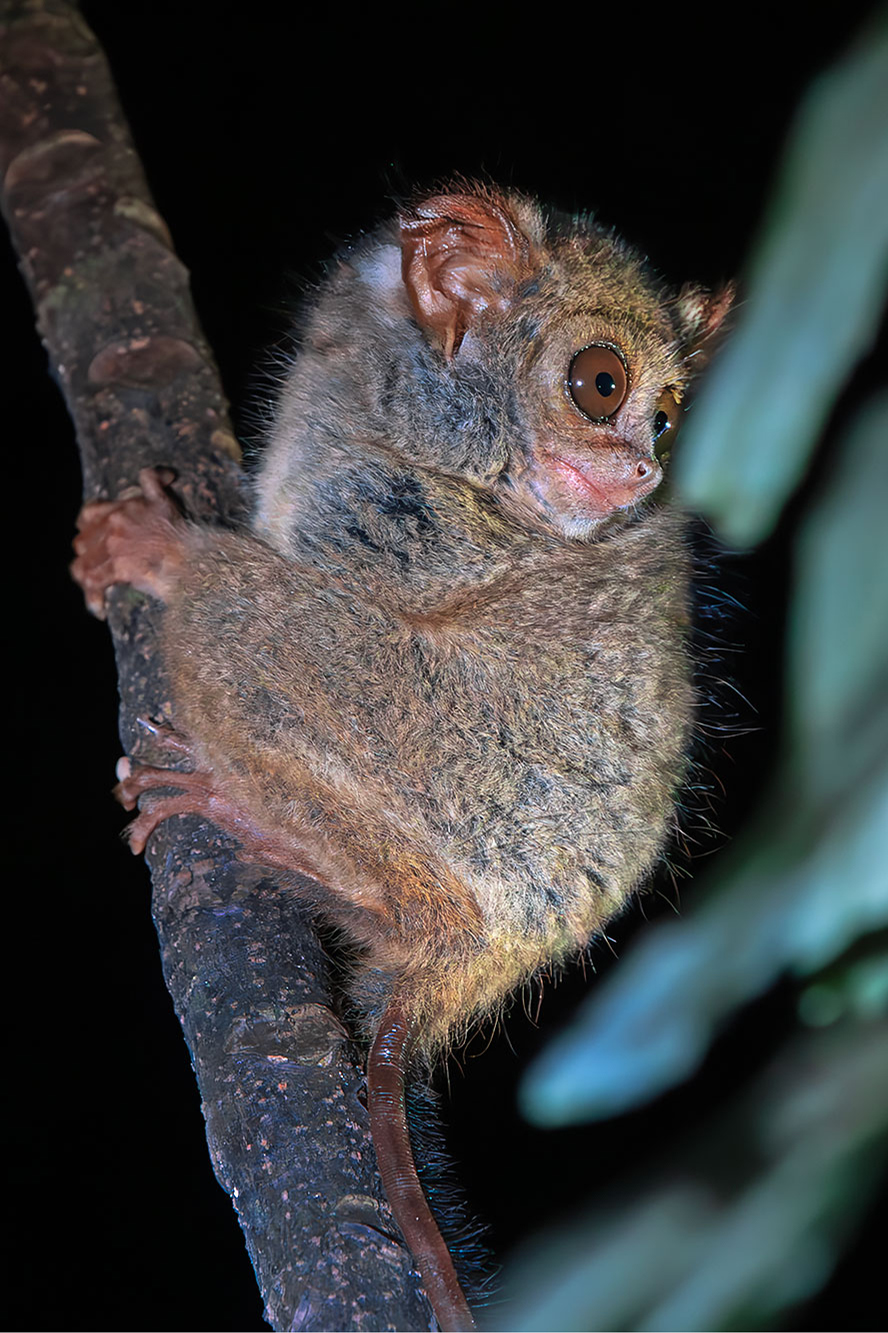
Tarsius spectrumgurskyae
Gursky’s Spectral Tarsier
Sulawesi, Indonesia
Gursky’s Spectral Tarsier
Sulawesi, Indonesia
Infraclass : Marsupialia
Marsupials are a diverse group of mammals belonging to the infraclass Marsupialia. They are natively found in Australasia, Wallacea, and the Americas. One of marsupials’ unique features is their reproductive strategy: the young are born in a relatively undeveloped state and then nurtured within a pouch on their mother’s abdomen.
Order : Diprotodontia
Diprotodontia (from Greek “two forward teeth”) is the largest extant order of marsupials, with about 155 species, including the kangaroos, wallabies, possums, koala, wombats, and many others.
Family : Phalangeridae
The Phalangeridae are a family of mostly nocturnal marsupials native to Australia, New Guinea, and Eastern Indonesia, including the cuscuses, brushtail possums, and their close relatives.
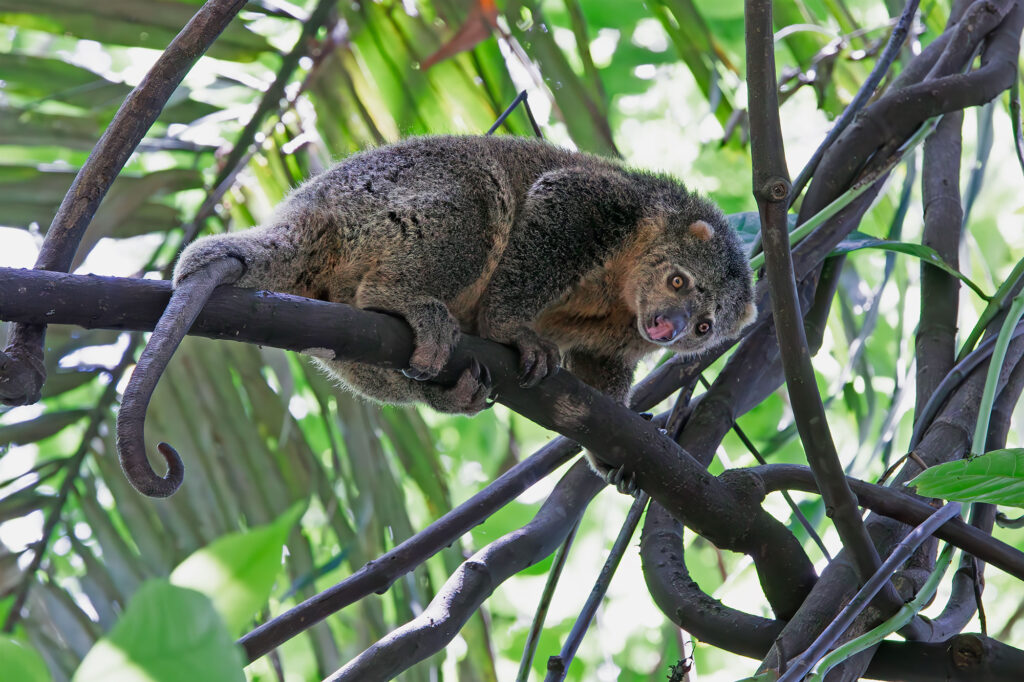
Ailurops ursinus
Sulawesi bear cuscus
Tangkoko, Sulawesi, Indonesia

Ailurops ursinus
Sulawesi bear cuscus
Tangkoko, Sulawesi, Indonesia
